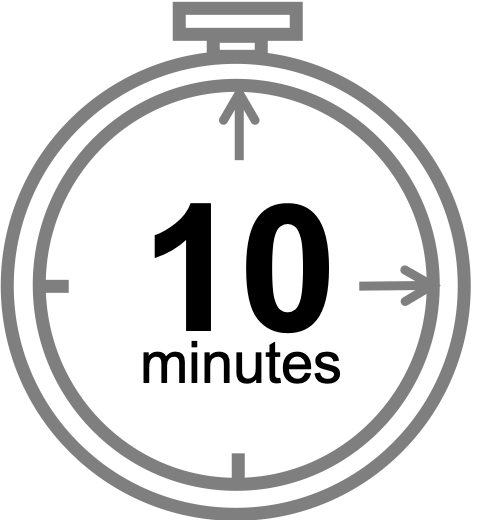 Quick Bite: Radiation Correlation?
Quick Bite: Radiation Correlation?
This short activity will help your students start to connect the concept of albedo to the Arctic and Earth's climate:
First, make a hypothesis for this question: Would a planet covered entirely in ice be hotter, colder, or the same temperature as a planet covered entirely in ocean water?
Next, take a look at this figure showing changes in Arctic sea ice cover between 2000-2014. Be sure to read the figure caption to understand what the colors mean. Click on the arrow on the right side of the figure labeled 'Next' - this will toggle you to a different figure showing changes in solar radiation absorbed by the Arctic during the same time period (2000-2014). Toggle back and forth between these two figures. What do you notice? Is there any correlation between sea ice cover and absorbed solar radiation?
How do these figures relate to the question: Would a planet covered entirely in ice be hotter, colder, or the same temperature as a planet covered entirely in ocean water? Can you use what you learned in this exercise to try to answer this question? How do you think albedo relates to climate?